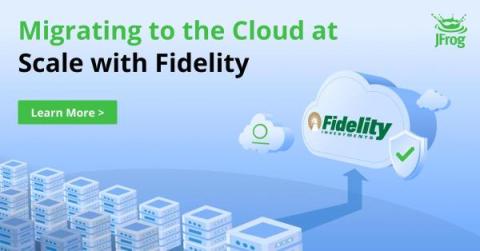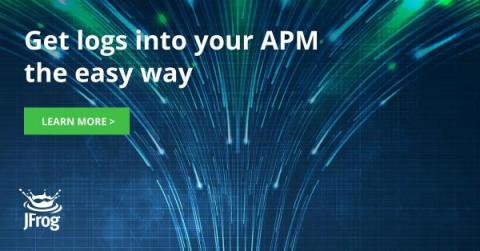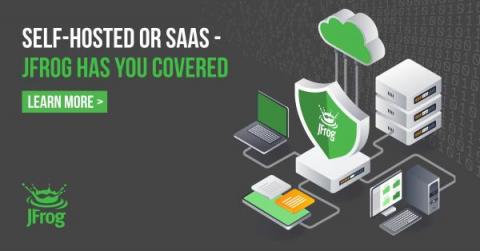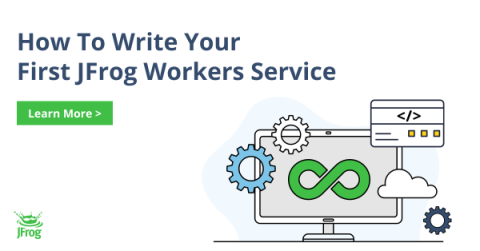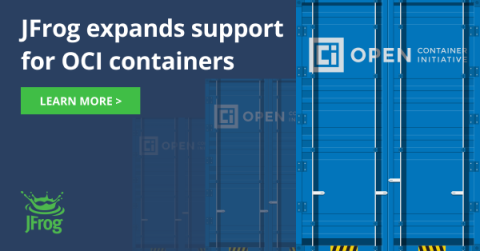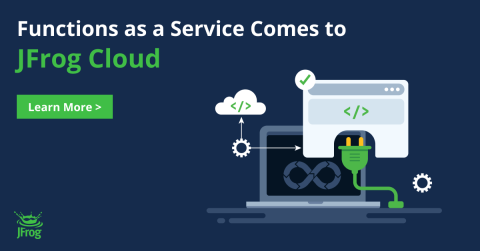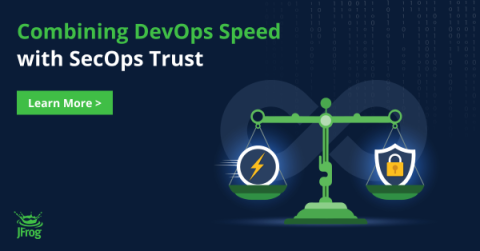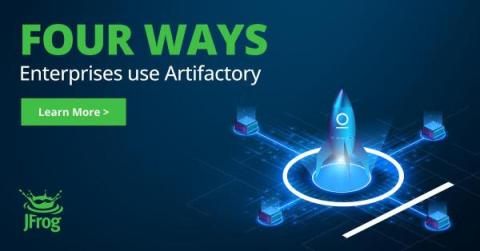Migrating to the Cloud at Scale with Fidelity
At swampUP 2023, JFrog’s annual user conference, Gerard McMahon, Head of Application Lifecycle Management (ALM) Tools and Platforms at Fidelity Investments, shared Fidelity’s cloud migration story and how it supports the overall company philosophy. He explored the company’s focus on ensuring employee satisfaction while delivering great software and value to customers.


